Tags
Related Posts
Share This
At the Academy with Seth Biderman
Seth Biderman picks a small, ripe tomato from a vine and pops it into his mouth. He walks down stone steps and back up a hill to Seton Castle, then sets his coffee mug down in a reinforced window among the ruins. The castle is the former home of naturalist Ernest Thompson Seton. It looks down upon the Academy for the Love of Learning, where Biderman serves as manager of the Academy’s Institute for Teachers.
Biderman received his master’s degree in Creative Writing at the University of New Mexico. At the time, he thought he was getting a useless degree, and was proud to be doing so. However, he says the degree has been extremely helpful in his career. “The two things that have served me the most in my career are learning Spanish and learning how to write well. There’s not a day that goes by that I don’t use my writing skills in my job.”
There are two passions in Biderman’s life: writing and education. Right now, he’s got the best of both. As the newest contributing faculty member to SFUAD’s Creative Writing program, Biderman spends approximately four hours a week teaching Techniques of Fiction. The rest of his work week is spent at the Academy. Inside the building, a tiled waterfall greets visitors at the entrance. A small museum to the left is dedicated to Seton’s art and writing of Ernest Seton. A room upstairs houses a grand piano. Down the hall is a state-of-the-art kitchen. “Learning usually occurs in a bland, institutional space,” Biderman says. “Teachers come here for programs and they often ask, ‘This is for us?’”
Teachers of all grade levels visit the Academy, free of charge, for a chance to revitalize their careers. In a profession known for its high burnout rate, the Academy’s programs offer teachers a new perspective on learning. A group of 12 educators meets once a month in a circle of chairs in the Leonard Bernstein room. Meditation pillows rest at their feet and a Tibetan singing bowl sits on the back table. Floor-to-ceiling windows span half the length of the room. No matter where one sits, one always has a view of the outdoors.
Biderman likens the architectural features of the building to the teaching style employed. “All our rooms have an inside-outside thing going on,” Biderman says, “which mirrors the way we learn. When I learn about writing, I might get really into Faulkner for a while. That’s looking out. But then I have to come back in and ask myself, ‘What’s my voice?’”
The unorthodox teaching methods at the Academy stem from the beliefs of founder Aaron Stern. In his previous work as dean of the American Conservatory of Music in Chicago, Stern began investigating the ways in which people learn. He developed a teaching philosophy of focusing more on honoring who people are and less on what we think they need to know.
This lines up perfectly with Biderman’s vision of education. “I think traditional schools are on their way out,” he says. “It’s still a long way off, but I think we’ll slowly turn away from them.” A teacher who foresees the end of schools? It’s certainly unusual, but Biderman’s belief stems from what he calls the “infantilization” of teenagers. He feels that when adolescents reach the age at which they can contribute to the world, they are held back and told, “Not yet.” With programs like the Academy’s Inspire Santa Fe, teenagers get the opportunity to explore their passions before they even reach high school. SFUAD Film major William Gallegos currently mentors a student in the six-month program.
While most of his time is spent working with teachers, Biderman also works with youth in his Techniques of Fiction class at SFUAD. The entry-level course instructs Creative Writing students on the basic elements of storytelling. It gives Biderman the chance to delve back into writing, which he’s had to take a break from for a while. “Any time you teach, you have to revisit the information you’re teaching,” he says. “The students’ work inspires me. I can’t wait for them to turn in their next stories.”
The class also provides an opportunity for Biderman to practice some of the skills he utilizes at the Academy. “The Academy model is very experiential,” he says. “That’s not to say I don’t bring theory into the process, but I try to do so in a more organic fashion.” Biderman asks his students to write stories without asking them to focus on a specific area of theory. He then takes advantage of the techniques he sees present in their work. “In that way, I get students to reflect on their own experience.”






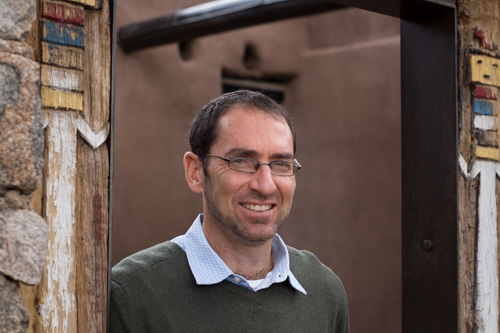
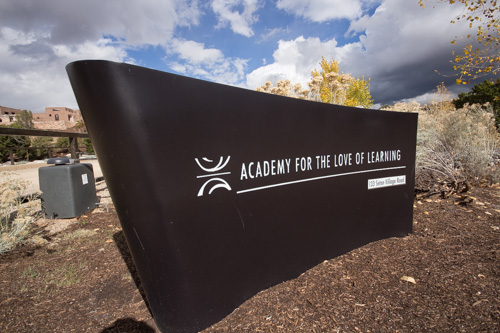
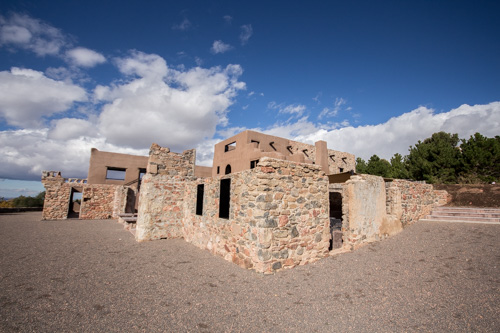

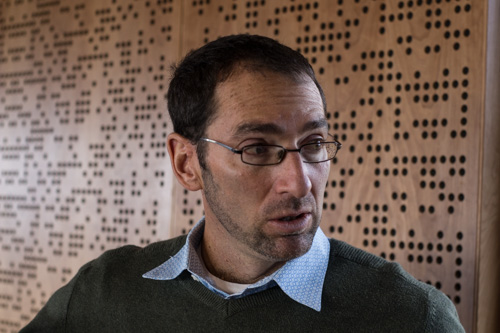
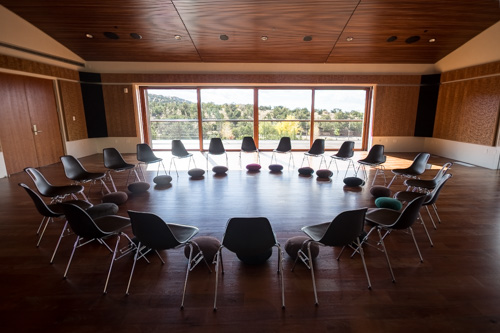
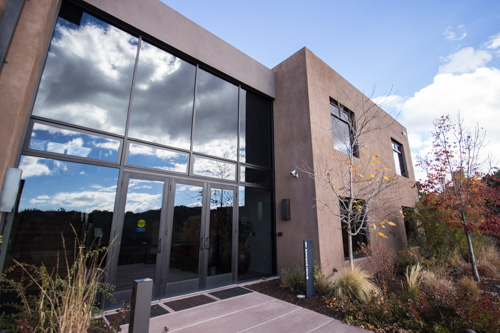
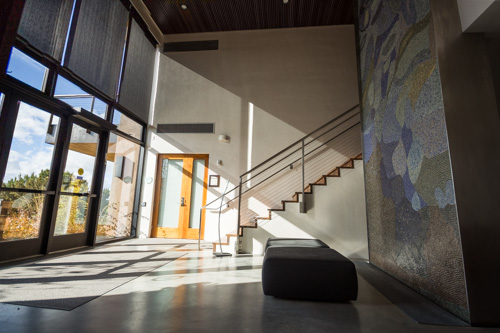
 Jackalope Magazine is the student magazine of Santa Fe University of Art and Design. Building on the interdisciplinary nature of our education, we aim to showcase the talent of our university and character of our city.
Jackalope Magazine is the student magazine of Santa Fe University of Art and Design. Building on the interdisciplinary nature of our education, we aim to showcase the talent of our university and character of our city.
Recent Comments